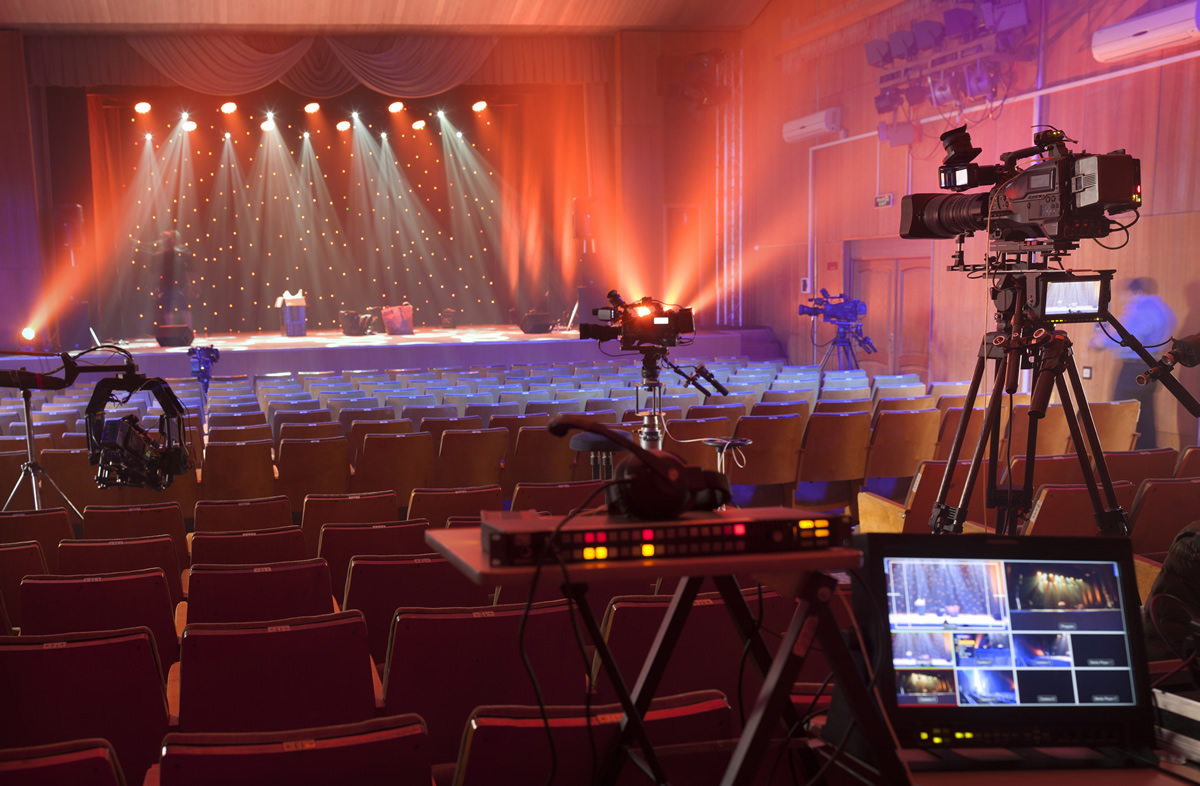One of the most significant benefits of LED display screens is their luminosity. Light Emitting Diode technology produces lively and bright images that can be readily viewed in various illumination environments. Unlike traditional projection systems, which can have difficulty in well-lit environments, Light Emitting Diode video screens maintain their clarity and color precision even in well-lit rooms. This makes them ideal for outdoor activities or places with large openings. The elevated brightness levels ensure that the content displayed is consistently clear, making it easier for audiences to interact with the information being shown.
In addition to luminosity, Light Emitting Diode display screens provide superior image clarity. They offer greater resolution and better color reproduction compared to conventional projector systems. This means that images and footage displayed on an Light Emitting Diode wall appear crisper and more detailed. The pixel concentration of Light Emitting Diode screens allows for near observation without sacrificing clarity, which is particularly crucial in environments like exhibition shows or conferences where viewers may be close to the display. Furthermore, Light Emitting Diode tech can produce deeper blacks and more vibrant colors, enhancing the complete aesthetic experience.
Flexibility is another key benefit of LED display walls. These systems can be arranged in multiple dimensions and forms to fit varied spaces and aesthetic requirements. Unlike traditional projection systems, which require a particular distance from the screen to function correctly, Light Emitting Diode display screens can be installed in a variety of environments. They can be curved, tiled, or even used in creative arrangements to create distinct display exhibits. This flexibility allows companies to customize their visual exhibits to suit their particular requirements, making Light Emitting Diode display walls a versatile choice for any environment.
Upkeep is also a crucial factor when comparing LED display screens to traditional projection systems. LED screens generally require fewer upkeep over time. Traditional projectors often need lamp changes Web Site and routine maintenance to maintain peak performance. In contrast, Light Emitting Diode technology has a greater duration and does not require regular changes. This lowers inactivity and upkeep expenses, making LED video walls a more cost-effective solution in the long-term future. Organizations can focus on their presentations rather than worrying about the upkeep of their display technologies.

Finally, energy efficiency is an important consideration for many organizations. LED display walls consume less energy compared to traditional projector systems, which can lead to significant reductions on power costs. This is especially beneficial for companies and locations that use screens for long times. Additionally, the reduced power usage of Light Emitting Diode technology contributes to a lowered environmental impact, making it a more sustainable choice. By choosing LED video walls, organizations can enjoy high-quality visual displays while also being mindful of their energy use and environmental impact.
In summary, LED video screens offer many benefits over conventional projector technologies. Their brightness, image quality, flexibility, low maintenance needs, and power conservation make them an superior choice for modern visual screens. As innovation continues to progress, Light Emitting Diode display screens are likely to become even more prevalent in various settings, providing organizations with the resources they require to efficiently convey and engage with their viewers.